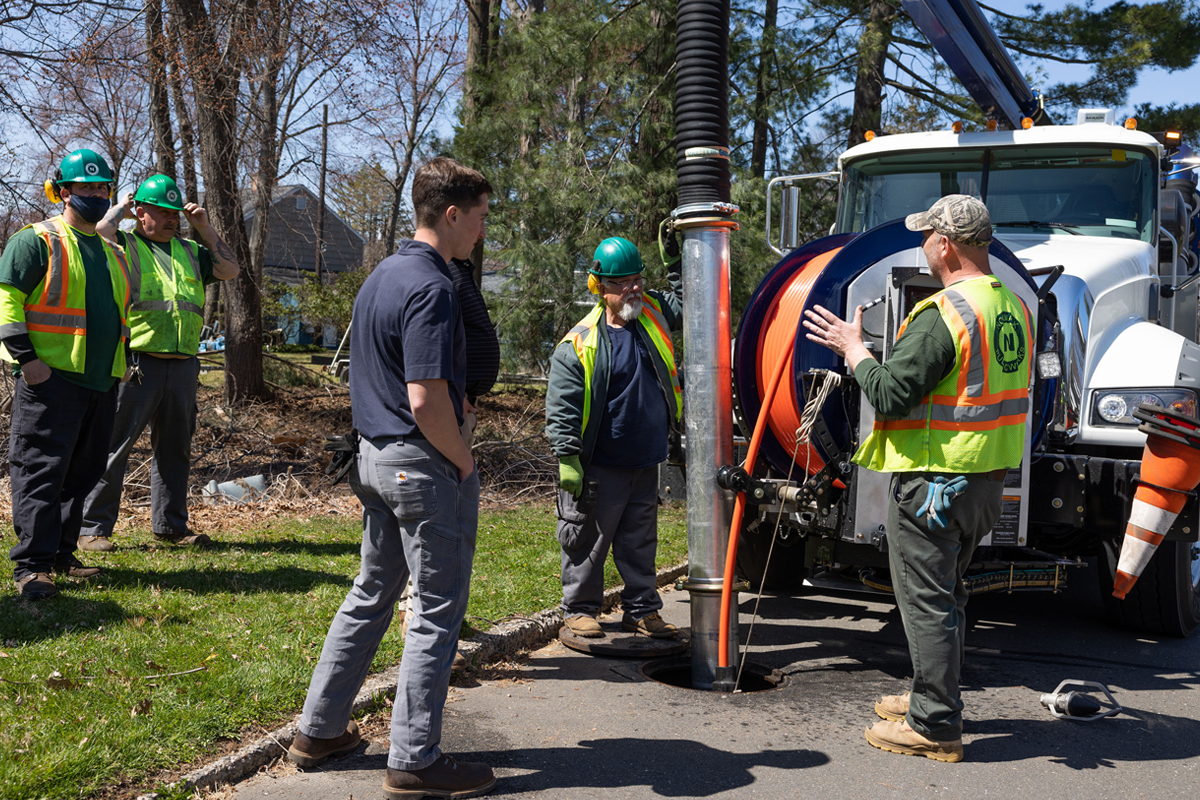
How to Select a Wireless Communication System
Does noise in your work zone make hearing and understanding your coworkers difficult or impossible? You might be unable to see them, making hand signals unreliable. Maybe the distance between you cannot be bridged by yelling. Often, it’s a combination of these factors.
Cell phones, two-way radios and headsets have been around for a while, but this may be your introduction to industrial team communication products. In this overview, we will cover what you need to consider when choosing wireless communication headsets, and what to avoid as you compare solutions.
Top 10 Must-Haves
1. CONNECTIVITY
The technology that connects a wireless communication system determines everything from ease of use to reliability, quality and the overall experience.
2. HEARING PROTECTION
Working around loud noise calls for some kind of ear protection. Even limited exposure to high decibels (dB) risks hearing damage. Look for a communication headset with integrated hearing protection that has an appropriate Noise Reduction Rating (NRR) for your environment. The higher the NRR number, the greater the protection from loud noise.
3. NOISE CANCELLATION
Noise cancelling microphones filter out background noise, letting you and your crew relax and focus. Microphones on the mic boom and an algorithm work together to differentiate between your team’s voices and background noise in order to transmit one and not the other.
4. MICROPHONE SENSITIVITY
Adjustments to your microphone’s sensitivity stop sounds at or below a set level from reaching your ears. In a loud environment, a high sensitivity setting prevents diesel engine noise from being heard when you speak. If noise levels vary on your job site, look for features that allow for automatic or manual sensitivity adjustments.
5. SITUATIONAL AWARENESS
For improved safety, look for headset features that mix outside sounds with regular voice communication. Sometimes called ‘listen through’, this feature also blocks sudden noises. The balance of hearing protection and external sound keeps your ears protected, but you’re still alert to your surroundings.
You can read the rest of this article by downloading the annual Pipe Cleaning PRO How To Guide.




